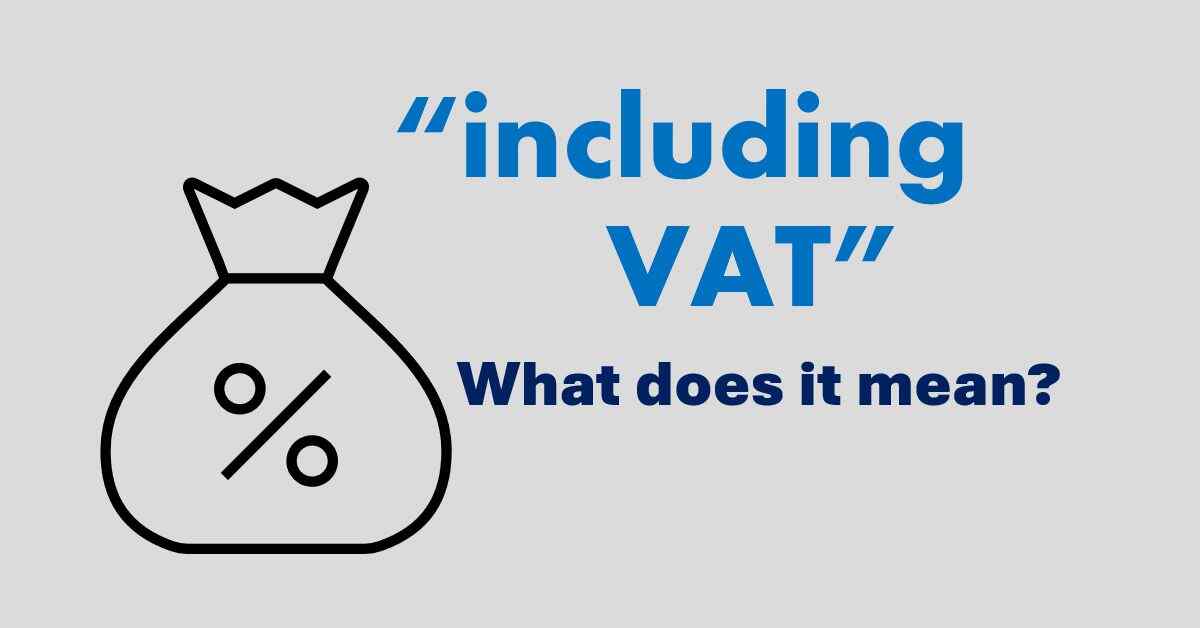When you shop in-store or online, you’ve probably encountered the terms “including VAT”, “including VAT” or VAT inclusive. Although this phrase is popular in the commerce industry, many consumers may be confused about its implications.
In this guide, we’ll cover what Including VAT means, how it affects your shopping experience, and why it’s an essential concept to understand in the area of taxes and pricing.
Including VAT Overview
To understand “Including VAT”, it is important to first understand what VAT means. VAT, or value-added tax, is a consumption tax that is applied to each stage of production or distribution of goods or services.
Unlike sales tax, which is added only at the point of sale, VAT is collected at multiple points in the supply chain. Each country may have its VAT rate system, and it can vary from country to country.
For example, European countries have high VAT rates, exceeding 20%, while some countries have no VAT at all. The specific rate depends on the country’s tax policies and the type of product or service.
What does Including VAT mean?
When a product or service is mentioned as “VAT inclusive”, it indicates that the displayed price already includes the VAT. In other words, the price you see is the final price you will pay at the time of purchase.
Note: (Excluding VAT)- This is different from products or services that are advertised as “excl. VAT”, where tax will be added to the price mentioned at checkout.
So, “Including VAT” simplifies the shopping process because you know exactly how much you will pay. This pricing transparency is valuable when comparing prices of the products or services.
Benefits of VAT-Inclusive
- Transparency: As mentioned, “Including VAT” pricing eliminates ambiguity. You know the complete cost in advance, which helps in better financial planning.
- Ease of Comparison: When all prices include VAT, it becomes much simpler to compare products or services. You can quickly determine which option offers the best value without having to mentally calculate the tax.
- Clarity in International Transactions: In international commerce, “VAT inclusive” pricing is beneficial for travellers and cross-border shoppers. This helps them understand the costs without getting into the complexities of foreign tax systems.
- Simplified Checkout: For both consumers and cashiers, “VAT inclusive” pricing simplifies the checkout process. There is no need to calculate or add tax, which speeds up transactions and reduces errors.
Drawbacks:
Although there are many advantages to “including VAT” pricing, be aware of potential drawbacks:
- Comparison Challenges: In areas where not all businesses follow “VAT inclusive” pricing, it can be challenging to compare prices accurately. Some may list prices including VAT, while others add it at checkout.
- Price Perception: In some cases, consumers may perceive “including VAT” prices to be higher than “excl. VAT” prices, even if they are the same when the tax is included.
- Complex Tax Systems: In countries with complex tax structures, “including VAT” pricing may not be as easy, as different products or services may have different tax rates.
Final Thoughts
“Including VAT” is a phrase that simplifies the shopping experience by ensuring that the displayed price already includes the applicable Value Added Tax. This approach shows transparency, aids price comparison and simplifies the checkout process for consumers. This is especially valuable in international transactions, making it easier for travellers and cross-border buyers to understand costs.
As consumers, understanding “including VAT” is essential while purchasing or navigating the pricing. So, the next time you see an attractive price tag saying “Including VAT”, you can rest assured that it represents the final cost of your desired product or service.
